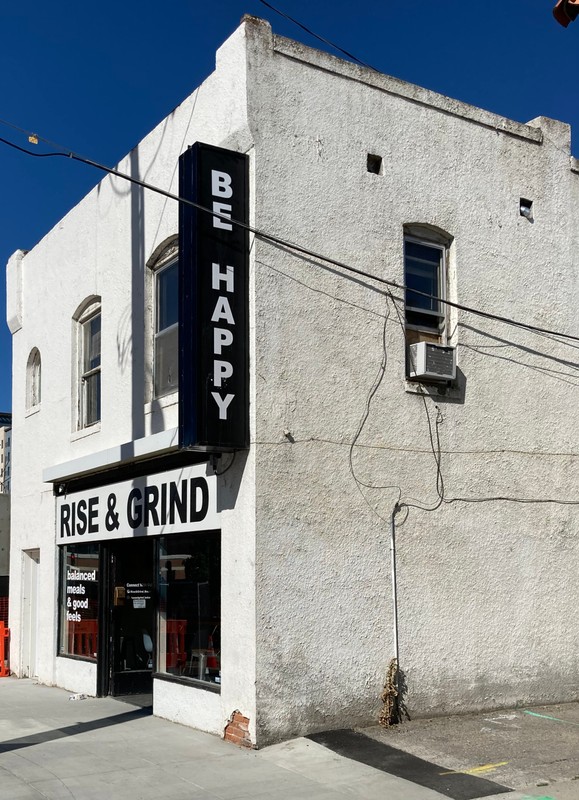Arriola's/ Saracondi's Boarding House
Introduction
Text-to-speech Audio
Images
Rise and Grind Nutrition

Backstory and Context
Text-to-speech Audio
In the early 1900s, Basque immigrants from Spain and France came to Idaho to work as sheepherders in the Boise area. A majority of these men came over on three-year contracts, before returning to the Basque country with the money they had saved from working. However, not all chose to return home and many stayed in the area permanently to work and start families. As a result of the large number of immigrants entering the area, Basque boarding houses became popular housing accommodations for men entering the United States. These boarding houses located in a variety of places throughout Boise, and were typically Basque owned and operated by permanent residents.
The Arriola’s boarding house, later renamed the Saracondi’s boarding house, was established alongside many other Basque businesses and housing facilities in downtown Boise. Although Jose Uberuaga, was listed as the primary owner up until 1911, the boarding house was operated by Juan and Juana Arriola Uberuaga from 1909- 1921. Jose Uberuaga and his wife later owned the Uberuaga boarding house in 1917 at 608 Grove St. near the Arriola’s. Since its function as a boarding house, the building has housed a variety of businesses, most recently Spit Shade Tattoo and Rise and Grind Nutrition. Despite no longer being Basque owned, the original building, located behind the Basque Center still serves as a reminder of the legacy of the Basques in Boise and the impact they had on the development of the city.
Cite This Entry
Kristina Cockerille on behalf of Basque Museum & Cultural Center. "Arriola's/ Saracondi's Boarding House." Clio: Your Guide to History. July 14, 2020. Accessed March 31, 2025. https://theclio.com/tour/1456/6
Sources
Mackey, Meggan Laxalt. Lekuak: The Basque Places of Boise, Idaho. Reno, Nevada. Center for Basque Studies Press, 2018.
Totoricaguena, Gloria. Boise Basques: Dreamers and Doers. 2nd Edition. Reno, NV. Center for Basque Studies , 2004.
Boarding House: 211 S. 6th Street, Boise Basque tour. Accessed July 13th 2020. https://boisebasquetour.wordpress.com/block-site-11/.
Provided by Kristina Cockerille

